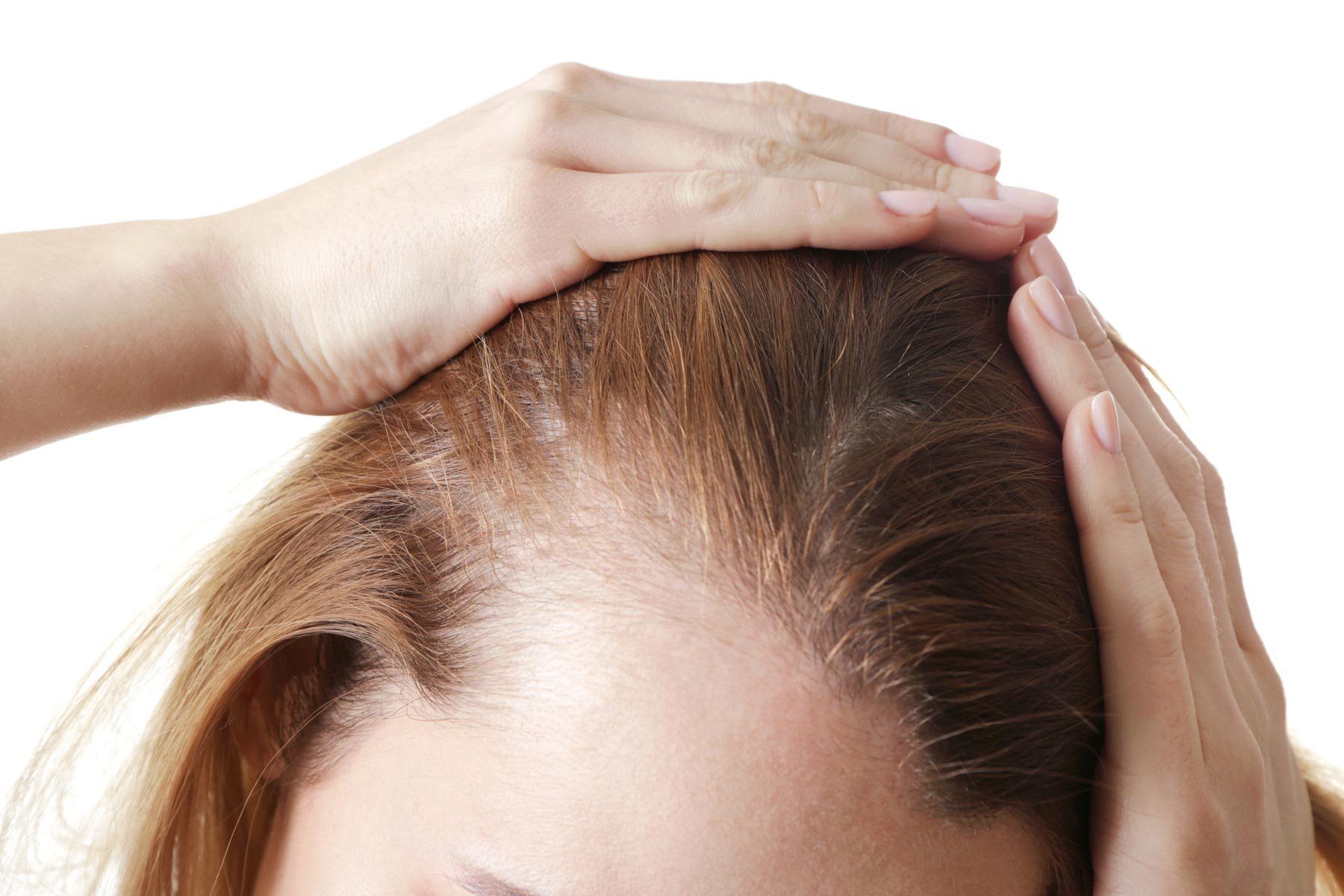
Baldness (female pattern)
Female pattern baldness, also known as androgenetic alopecia, is a common form of hair loss that affects millions of women. It is characterized by the thinning of hair on the scalp, and is typically less severe than male pattern baldness. While female pattern baldness can be distressing, it is not a serious health condition and does not pose any medical risks.
Female pattern baldness is caused by a combination of genetics and hormones, and it is thought to be inherited from a woman's mother's side of the family. It typically begins with a widening of the part in the hair or a thinning at the crown of the head, and may progress to more extensive hair loss over time.
Treatment options for female pattern baldness are similar to those for male pattern baldness and may include:
Medications: Minoxidil (Rogaine) is a medication that is approved by the FDA for the treatment of female pattern baldness. It works by increasing blood flow to the scalp and stimulating new hair growth.
Hair transplant surgery: This procedure involves moving healthy hair follicles from a donor area on the head (such as the back or sides of the head) to a recipient area on the scalp where hair is thinning or missing. Hair transplant surgery can be expensive and may require multiple sessions to achieve desired results.
Laser therapy: Low-level laser therapy (LLLT) is a non-invasive treatment that uses lasers to stimulate blood flow to the scalp and potentially stimulate new hair growth. LLLT is typically performed in a series of sessions and may not be suitable for everyone.
Scalp micropigmentation: This procedure involves injecting pigment into the scalp to create the appearance of a full head of hair. It is often used to camouflage areas of hair loss and can be a good option for women with severe hair loss.
It is important to note that treatment options for female pattern baldness may not work for everyone and results can vary. It is important to discuss treatment options with a healthcare provider to determine the best course of action.
In addition to treatment, there are several steps women with female pattern baldness can take to improve the appearance of their hair:
Use a gentle shampoo and avoid using harsh hair care products
Avoid tight hairstyles such as cornrows or ponytails, as these can put strain on the hair and lead to breakage
Avoid heat styling tools such as blow dryers, flat irons, and curling irons
Eat a healthy, balanced diet and stay hydrated to support healthy hair growth
By taking steps to manage female pattern baldness and adopting a healthy hair care routine, women can help to slow or stop the progression of hair loss and improve the appearance of their hair.

